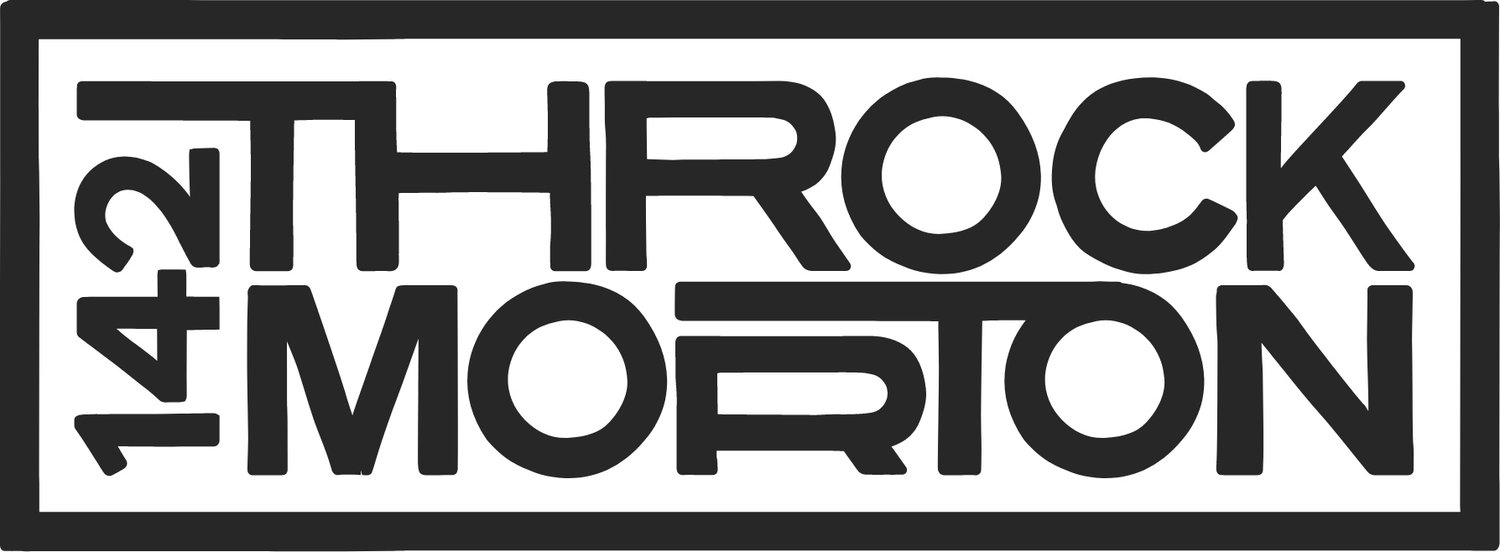IAN DAY “Beyond the naked eye, infrared explorations”
Please join us for a reception for artists Ian Day and Jane Day on Tuesday June 3rd from 5-7pm. This is part of the First Tuesday Art Walk. The Art Exhibit will hang from June 3rd thru June 29th. You may come and enjoy the exhibit during our open hours or you are welcome to make an appointment to view the exhibit at other times. To schedule a visit please contact us at info@142ThrockmortonTheatre.org or call us at (415) 383-9600.
“Wolf House “ 18” x 24” Archival Infrared Photograph Ian Day
IAN DAY ARTIST STATEMENT.
My art reflects an interplay between nature, culture and spirituality and aspires to demonstrate the interconnectedness between these themes. I like to blur the boundaries between representation and abstraction and often find that one derives from the other.
For the past few years, I have been experimenting with black and white digital infrared photography. While my initial images proved to be visually arresting, for me they began to take on a certain sameness in ‘look’. So I started to play around with splashes of color, combining IR backgrounds with color images from my library.
What I like about infrared is that it captures images that aren’t visible to the naked eye. It feels more like I’m photographing the essence of things and environments. What else intrigues me is the element of surprise. You can work with lenses and filters to establish some parameters but it’s imprecise. As I’m shooting my only concerns are composition and focal length. UV light is largely irrelevant.
Water colors
by Jane Day
Artwork shown “Yellow Orchid”
ABOUT INFRARED CONTENT
Infrared photography is a look into the invisible world. The human eye can see wavelengths from about 400nm–700nm (from purple to red). Infrared light exists in the wavelengths beyond 700nm.
An infrared photography camera is specially designed to capture images in the infrared spectrum, revealing unique and often ethereal details that are invisible to the naked eye.
IR photography can be done with either infrared film or a digital camera and typically involves near-infrared light in the 700nm-1200nm range. This is different than thermal infrared, which images far into the infrared spectrum.
Infrared photography produces some very distinct effects, which make it aesthetically pleasing. The most striking difference is the “Wood Effect,” where leaves reflect infrared light, giving them a bright white hue in IR photos. This effect is named after photographer Robert W. Wood, who is considered the father of infrared photography.
This effect is utilized in landscape photography to produce surreal color landscapes or high-contrast black and white photographs.
Besides the appeal to fine art photography, infrared and full spectrum photography are used in other fields. Many materials and dyes do not look the same in visible and infrared light. As a result, it can be used to spot camouflage, counterfeit money, and see through spills for document recovery.
Full spectrum photography is also popular in physics for taking pictures of stars because some are only visible when viewed in the IR or UV spectrum.
There are also countless other applications for full spectrum photography, including agricultural or ecological plant analysis, medical applications, forensics, greater light sensitivity for low-light shooting, game hunting, and many others.



